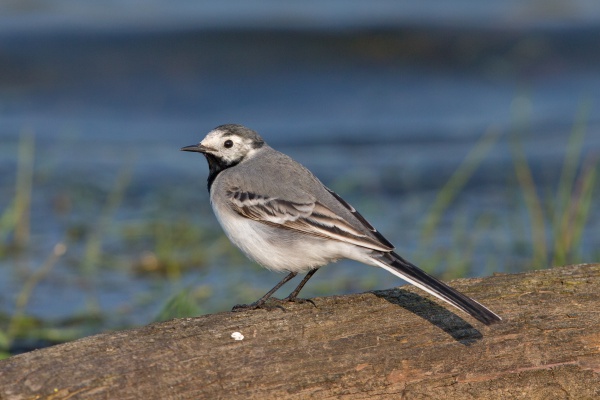Facts About White wagtail
The white wagtail is an enchanting small bird from the Motacillidae family, commonly observed in Europe, Asia, and parts of North Africa. One of its subspecies, the pied wagtail, is particularly prevalent in Ireland and Great Britain. This bird thrives on a diet of insects and tends to frequent open areas near water and human settlements. A distinctive trait of the white wagtail is its perpetual tail wagging.
Interestingly, the white wagtail holds the title of Latvia’s national bird and has been featured on stamps in various countries, reflecting its widespread admiration.
Scientifically, the white wagtail was first described by Carl Linnaeus under the name Motacilla alba. It is closely related to other black-and-white wagtail species and has several subspecies characterized by variations in plumage and other features. During the breeding season, these birds are found throughout Eurasia, but as winter approaches, they migrate to warmer regions, such as Africa.
Their diet primarily consists of insects and small invertebrates. When nesting, they prefer crevices or man-made structures and commit to one mate for the breeding season. Fortunately, the white wagtail is not facing any major threats and is listed as "Least Concern" by the IUCN. However, they do face some risks, such as being captured for pets or food, and climate change could impact their migration patterns.
Culturally, white wagtails hold a special place, especially in Latvia, where they are celebrated in folk songs. Additionally, their image has been featured on postage stamps in several countries, highlighting their global appeal.

 India
India